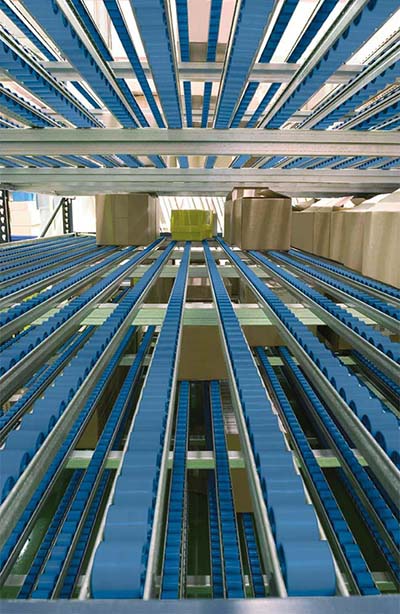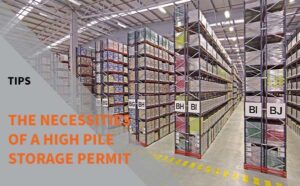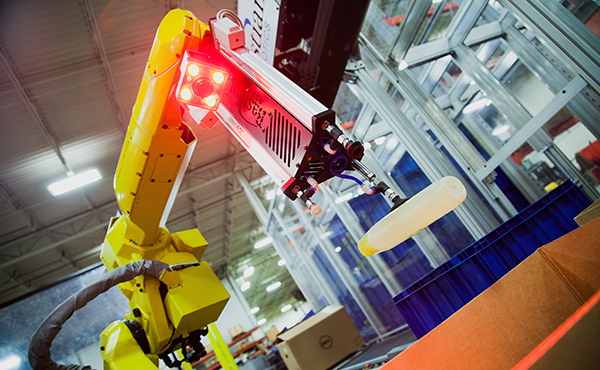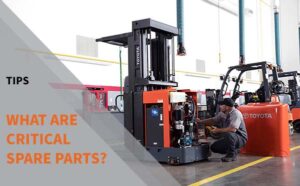Carton Flow is a form of shelving that uses gravity feed rear-load design. This storage system helps to keep the product more organized because it is automatically rotated on a FIFO basis.
Wheel track carton flow consists of a frame or shelf assembly, wheel tracks or rails, and dividers, which are most likely full length and adjustable.
The frame is welded, bolted, or bracketed, and the wheel tracks are typically about 1” wide roll formed channels with integrated plastic wheels on roughly 2” centers. These wheels may or may not have axles.
 Wheel tracks are a very useful type of carton flow in that:
Wheel tracks are a very useful type of carton flow in that:
- Their wheel tracks and dividers are adjustable so you can modify the carton flow as your product mix changes.
- The tracks and dividers are not part of a composite unit, so they can be replaced as they degrade or are damaged.
- The shelves can integrate many types of accessories for product presentation, such as knuckle over trays.
- The shelves are not bound by the depth of the storage media, allowing for ergonomic shelf positioning or excess depth where applicable.
- Additional tracks may be added to allow easier product travel.
Though there are many benefits to wheel tracks, there are also some drawbacks, such as:
- The wheels can bind or eventually cause friction that reduces product flow.
- The boxes may conform to wheels in high humidity environments depending on the product type, resulting in hang ups.
- The tracks can be difficult and time consuming to adjust once installed, especially when some presentation accessories are also present.
- Adding additional tracks to allow smoother product conveyance quickly adds incremental cost to each pick line.
- This system also has a limited width since the entire assembly must be supported by the shelf or frame the tracks are attached to. Typically the system will have 96” wide shelves, but sizes approaching 144” can be challenging especially with heavier products.
- A small amount of pickable space is lost in both depth and width due to the use of shelf structure for primary support.


